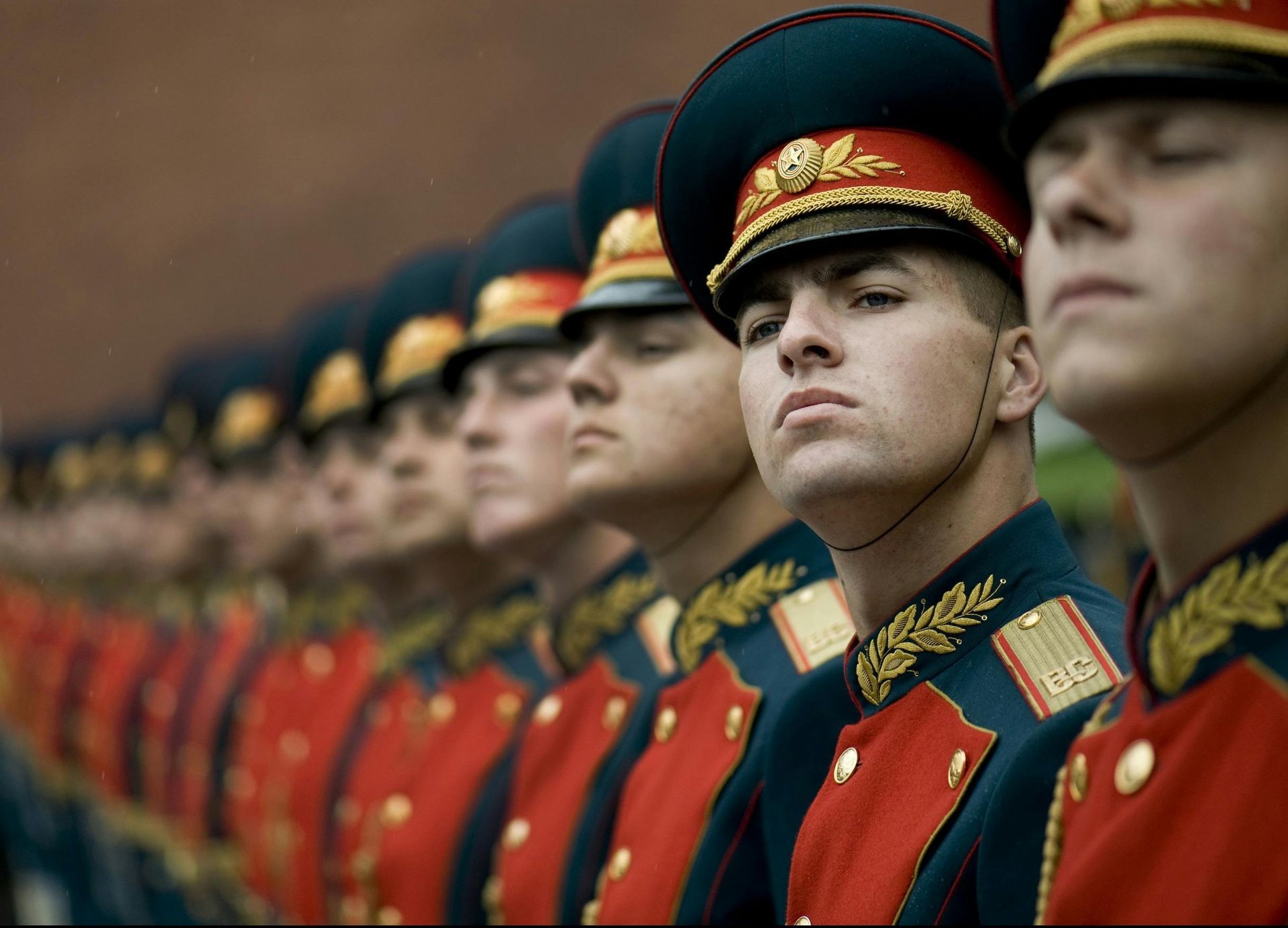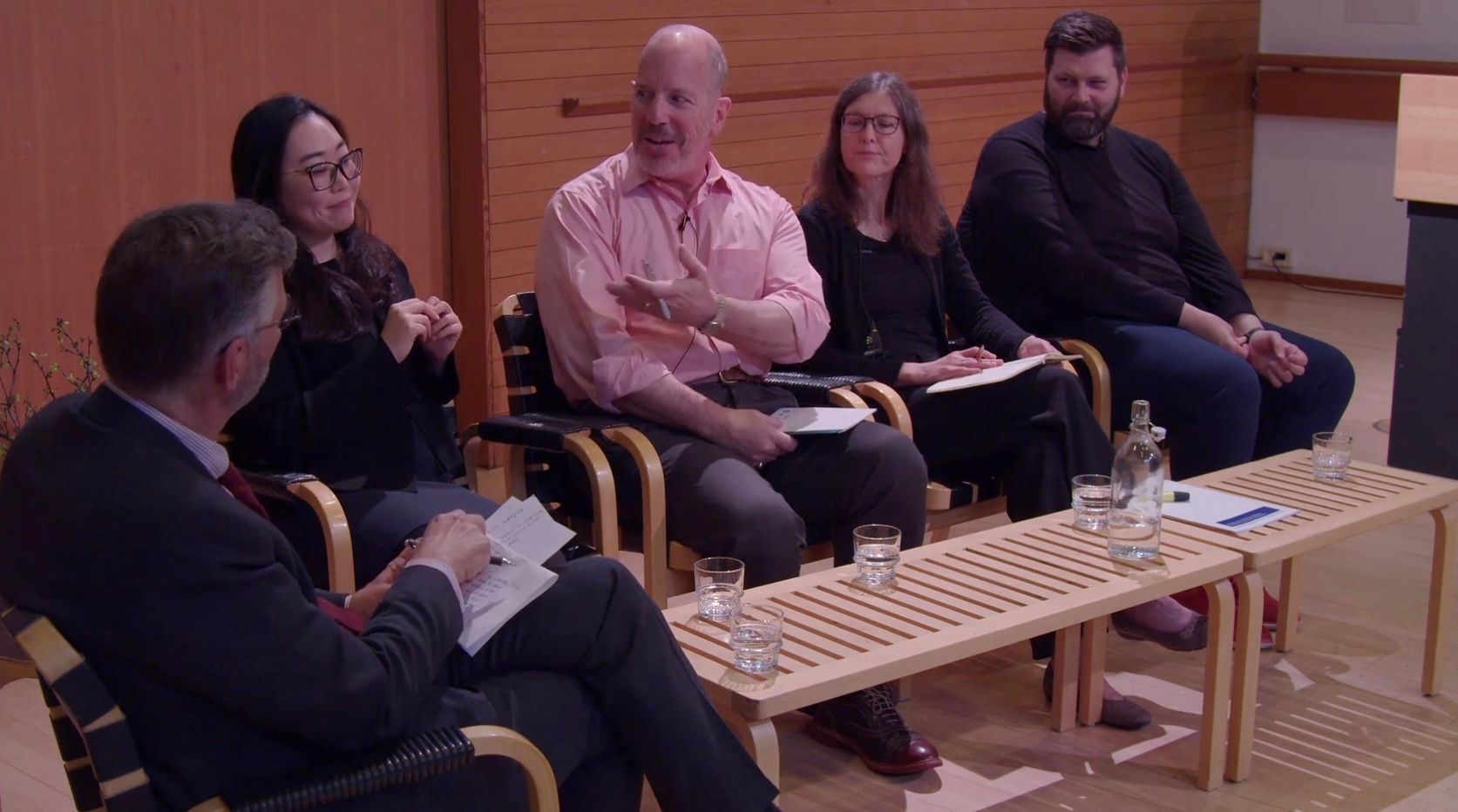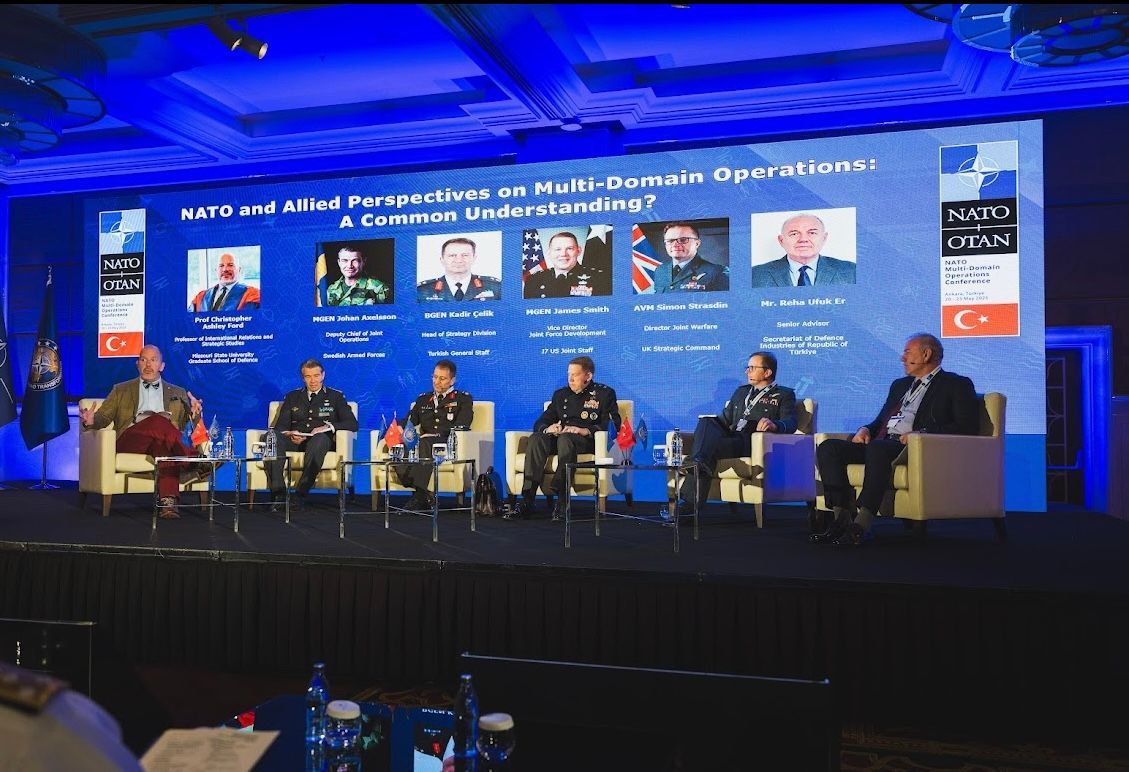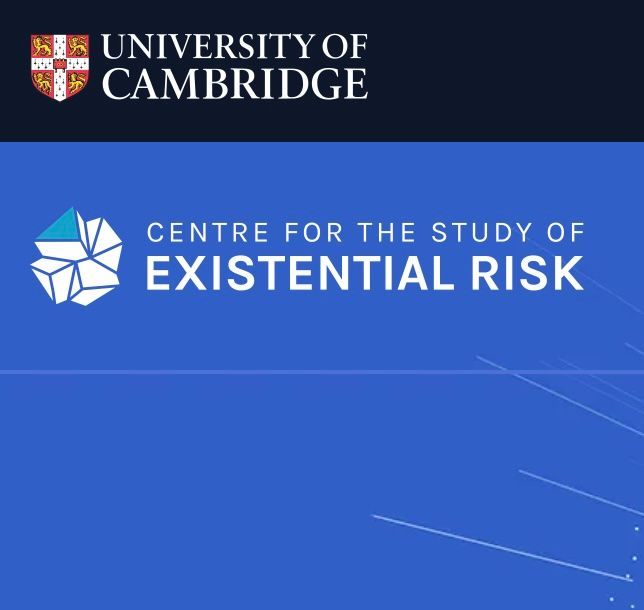The Incoherence of “Disarmament versus Nonproliferation”
Note:
Below is the text upon which Dr. Ford based his remarks on April 8, 2013, at the Carnegie International Nuclear Policy Conference , held at the Ronald Reagan Building in Washington, D.C. and hosted by the Carnegie Endowment for International Peace. Dr. Ford served on a panel that also featured Harald Müller , of the Peace Research Institute of Frankfurt, and Alfredo Labbé Villa , Permanent Representative of Chile to the International Atomic Energy Agency. The panel was moderated by Stanford’s Professor Scott Sagan .
Thank you, Scott, for your introduction – and thanks also to the Carnegie Endowment for organizing this conference.
Before I say anything further, however, let me make sure I make one thing clear: whatever opinions I express here are entirely my own, and do not necessarily reflect the views of anyone else at the Senate Appropriations Committee, the Senate as a whole, the U.S. Government, or indeed anyone else at all. For better or for worse, I speak only for myself.
The title of this panel is “Too Little Disarmament, Too Much Nonproliferation?” It would seem to suggest that some kind of tension exists between nonproliferation and disarmament. So let me lodge a kind of conceptual complaint. When one tries to reason more crisply about these things, however, the supposed tradeoff between nonproliferation and disarmament doesn’t look as coherent as the question would seem to suppose.
If there are two intelligible competing poles of policy emphasis, are they really “nonproliferation” and “disarmament”? Well, if there is a “nonproliferation-only” end of the continuum, it doesn’t seem like all that problematic a polar case. Indeed, it presumably doesn’t look much more appalling than the world we actually live in – that is, a system divided between nuclear weapons possessors and non-possessors, and in which a variety of rules and institutions exist to make it hard for members of the latter group to become members of the former.
Now, it would be churlish to pretend that there is no equity cost in the indefinite maintenance of such a division between “haves” and “have-nots,” of course, but as a polar case for the range of security landscapes available, such a world isn’t precisely horrible. One can debate the point, but I’d also wager there’s a good chance that some versions of such a divided world would still be superior to a world of “zero.”
(After all, our last experience of a nuclear weapons-free world was an ugly environment of great power conflict. I don’t know for certain that a nuclear-weapons-free world would indeed return to this pattern, but it’s a possibility worth worrying about. At any rate, there certainly seems to be little basis for the disarmament community’s absolute certainty that such regression is impossible.)
But what about the other pole? Well, it isn’t a “disarmament-only” situation, because disarmament presupposes successful nonproliferation, and cannot be intelligibly discussed without it. Disarmament would surely never be agreed, for example, and certainly could not be maintained , without nonproliferation rules and institutions that do their job essentially perfectly. Nonproliferation is thus a condition precedent for disarmament, and while it is in no way a sufficient condition for “zero,” it is unquestionably necessary.
Accordingly, to suppose the existence of some tension between nonproliferation and disarmament is to lapse into incoherence. It is quite possible to imagine a world – and not an awful one – of nonproliferation without disarmament. But it would be absurd to countenance things the other way around, for a world without nonproliferation would be a world of ubiquitous, on-demand proliferation – in other words, just about as far away from “zero” as one could imagine the world-system drifting. To talk as if nonproliferation and disarmament were truly in tension, therefore, is to speak nonsense.
To be sure, it is true that demanding both nonproliferation and disarmament is the only coherent way to demand disarmament at all. Whether or not we think a world of “zero” is achievable or would in fact be a better one than the world today, however, it is hard not to insist upon a general rule of nonproliferation, for not to insist upon such a general rule is only a bit shy of insanity.
I understand that it is these days a well-established aspect of the diplomatic game to press nuclear weapons possessors to disarm by promising them the “carrot” of stronger nonproliferation cooperation if they do, and by essentially threatening the “stick” of more proliferation if they do not. Ultimately, however, this is a very stupid game, for while it clearly suits the purposes of the would-be proliferators for this to be the dominant discourse, it serves the cause of disarmament quite poorly.
The pro-proliferation “stick” impliedly brandished by pro-disarmament rhetoricians would make the world a more dangerous place for just about everyone, and indeed would be utterly fatal to the cause of disarmament long before it threatened the core interests of most of the weapons possessors it is the intention of such arguments to persuade. If you’re a sincere advocate of disarmament, therefore, this line of argument is a bit like playing a lethal game of chicken with yourself: which is to say, it is spectacularly foolish.
But there’s a further irony here, inasmuch as the “carrot” of stronger nonproliferation cooperation – if only the weapons possessors do more to disarm – seems itself to be all but illusory. After four years of Washington’s new pro-disarmament posture, we have today, from a nonproliferation perspective, shockingly little to show for it.
To begin with, what augmentation there has been of nonproliferation sanctions against Iran and North Korea we owe only to those countries’ own grievous provocations. In every case, sanctions have been stepped up expressly in response to things such as the discovery of previously secret nuclear facilities, uranium enrichment to higher levels of purity, cross-border attacks, ballistic missile tests, and/or nuclear detonations. These increased pressures owe nothing to U.S. disarmament policy.
As for the countries of the developing world, whom it is often said will become more serious about nonproliferation if only we do more to eliminate our nuclear arsenal, this hasn’t been happening. The developing world seems to have altered its nuclear nonproliferation positions precisely not at all as a result of Obama Administration positions on disarmament. If anything, many countries’ positions have been worsening from a nonproliferation perspective. It was just a few months ago in Tehran, for instance, that the Non-Aligned Movement unanimously endorsed Iran’s proliferation-facilitating interpretation of the Nuclear Nonproliferation Treaty (NPT).
The only plausible case I’ve heard anyone make about the diplomatic benefits of contemporary U.S. disarmament policy is the contention that it helped improve the “atmosphere” in the NPT review process. (Harald has cogently made this point, for instance.) It’s not clear what this proves, however, because this warmer “atmosphere” appears not to have translated into any favorable changes even in stated policy positions , much less into actual behavioral choices in the real world.
The “atmosphere” argument thus represents a compelling “payoff” only to the extent that process is mistaken for substance. In fact, even if diplomatic process had been all we wanted, it’s not clear that the warmer “atmosphere” at the 2010 NPT Review Conference (RevCon) is in fact responsible for the Final Document agreed at that meeting. As Harald himself admitted in the Nonproliferation Review in 2011, it was not America’s pro-disarmament position but rather our concessions on Middle East policy that produced the final consensus.
Nor was the supposedly improved NPT “atmosphere” even a nonproliferation payoff anyway. For all the supposedly warmer feelings, the 2010 Final Document still failed even to mention the gravest crisis facing the nonproliferation regime today: Iran’s enrichment of uranium in contravention of multiple legally-binding U.N. Security Council resolutions.
Worse still, it may be that the improved RevCon “atmosphere” that allegedly resulted from U.S. disarmament positions actually contributed to this failure to address the Iranian crisis. The Final Document apparently deliberately ignored this crisis in part precisely in order not to jeopardize the improved “atmosphere” that is said to have characterized the conference. In this sense, therefore, seriousness even about acknowledging the existence of nonproliferation challenges may have been a casualty of the improved NPT review process “atmosphere.” Some nonproliferation payoff.
On the whole, U.S. steps toward nuclear disarmament seem to have had essentially no beneficial impact from a nonproliferation perspective. Conceivably, in fact, it’s even worse than that, especially if one considers not just the last four years but instead the last two decades. After all, we cut our nuclear force back by more than three-quarters since the end of the Cold War, but during this same period the world saw South Asia emerge as a center of nuclear-armed rivalry, North Korea develop nuclear weaponry, and Iran accelerate its push in that same direction – even as a new proliferation-facilitating interpretation of the NPT has been spreading that uses Article IV to undermine Article II. As huge superpower reductions have finally occurred, in other words, the proliferation environment has worsened.
Correlation does not necessarily imply causation, of course. Nevertheless, if you were to argue that post-Cold War nuclear reductions have actually led to greater proliferation problems , you might well have more evidence on your side than those who today argue so fashionably that faster disarmament will meaningful produce nonproliferation benefits. For this latter proposition, there is, alas, precious little evidence indeed.
Anyway, I look forward to our discussions, for I am sure this Carnegie audience will want to challenge me on some or all of these points.
Thank you.
-- Christopher Ford








